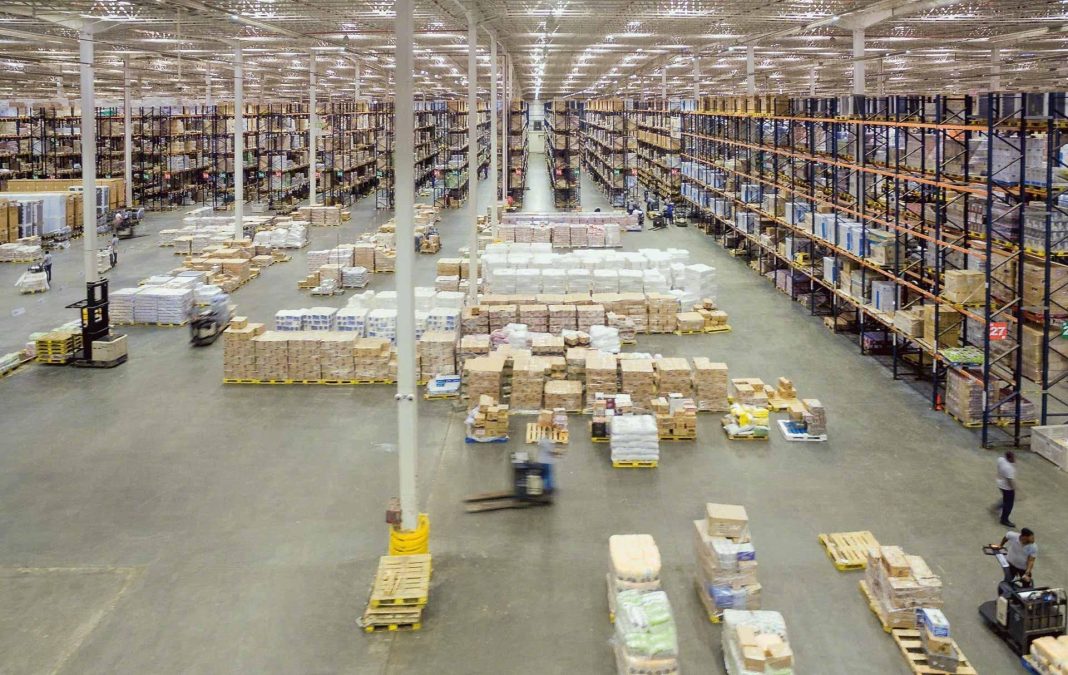Cross-docking has become a popular strategy in the world of logistics and supply chain management, offering companies a way to streamline their operations and reduce costs. In this article, we will explore the concept of cross docking warehouse, their benefits, and how they are transforming the modern supply chain.
Understanding Cross-Docking Warehouses
Cross-docking is a logistics strategy where incoming goods are unloaded from an incoming truck or container and then immediately reloaded onto outbound trucks or containers, with little to no storage in between. Cross-docking warehouses are designed to facilitate this process, with specialized facilities and equipment to ensure the smooth and efficient transfer of goods.
Benefits of Cross-Docking Warehouses
- Reduced Inventory Holding Costs: One of the key benefits of cross-docking warehouses is the reduction in inventory holding costs. By minimizing the need for storage space, companies can reduce the costs associated with holding excess inventory.
- Faster Delivery Times: Cross-docking warehouses help companies speed up their delivery times by eliminating the need for storage and reducing the time goods spend in transit.
- Improved Efficiency: Cross-docking warehouses improve overall efficiency by reducing the number of touchpoints in the supply chain and minimizing the risk of damage or loss during storage.
- Cost Savings: By reducing inventory holding costs, speeding up delivery times, and improving efficiency, cross-docking warehouses can lead to significant cost savings for companies.
How Cross-Docking Warehouses are Transforming the Supply Chain
Cross-docking warehouses are transforming the supply chain in several ways:
- Just-in-Time Inventory Management: Cross-docking allows companies to adopt a just-in-time inventory management strategy, where goods are delivered to the customer as soon as they are needed, minimizing the need for excess inventory.
- Improved Supply Chain Visibility: Cross-docking warehouses improve supply chain visibility by reducing the time goods spend in transit and minimizing the risk of delays or disruptions.
- Enhanced Customer Satisfaction: Faster delivery times and more efficient operations lead to enhanced customer satisfaction, helping companies gain a competitive edge in the market.
- Environmental Sustainability: By reducing the need for storage space and minimizing the distance goods travel, cross-docking warehouses contribute to environmental sustainability by reducing carbon emissions.
Conclusion
Cross-docking warehouses are a valuable asset in modern supply chains, offering companies a way to reduce costs, improve efficiency, and enhance customer satisfaction. By understanding the benefits of cross-docking warehouses and how they are transforming the supply chain, companies can take advantage of this innovative logistics strategy to gain a competitive edge in the market.










